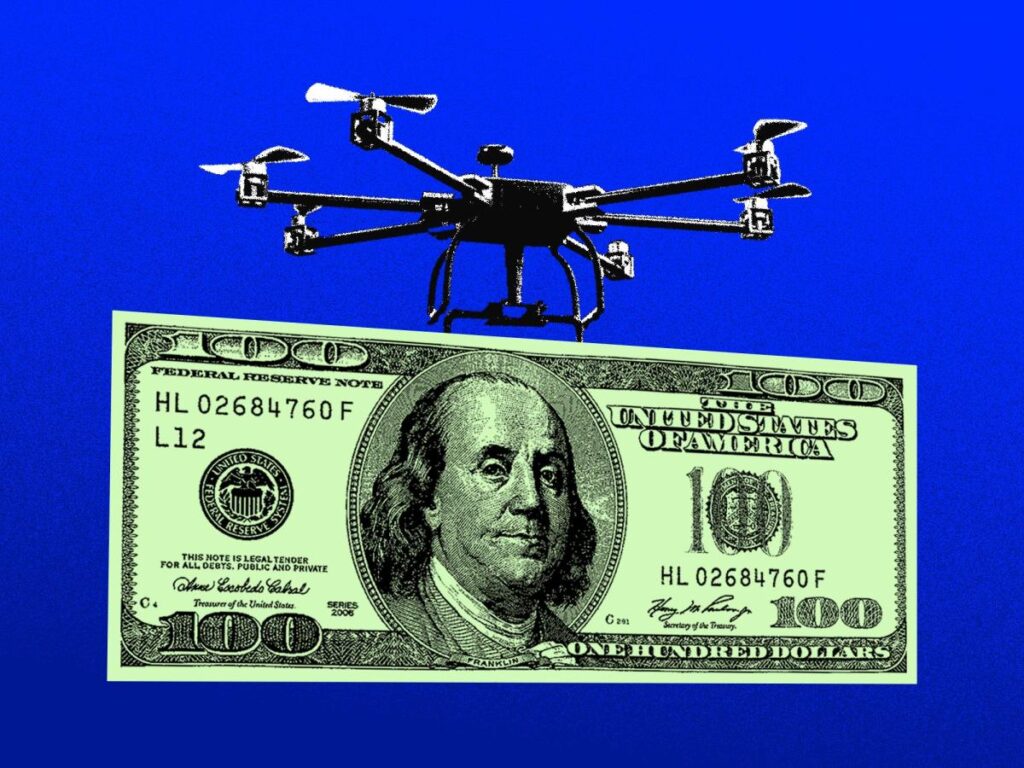Ukrainian military units, faced with Russian aggression, have turned to crowdfunding to secure essential warfare supplies, notably drones. This trend highlights civilians and veterans increasingly contributing small amounts—often less than $1,000—to fund military operations, marking the emergence of a new paradigm in war contributions. Oleksandr Chernyavskiy, a soldier in Ukraine’s 241st Territorial Defense Brigade, explains that with an estimated $1 million, his unit could significantly alter warfare dynamics by developing advanced drone technologies. His unit, specializing in drone prototypes and weaponry, codes new designs and utilizes various commercial components and outdated Soviet tech.
The financial influx through crowdfunding has proven pivotal, as Chernyavskiy’s unit built drones capable of carrying firearms, and his team has developed striking technologies at relatively low costs. For instance, while a typical artillery shell is expensive to manufacture, low-cost drones have become a favored tool on the modern battlefield, providing a viable alternative for frontline units struggling with traditional ammunition shortages. As these crowdfunding initiatives gain traction, they generate substantial revenue—tens of millions weekly—from local supporters who are unified in their effort to sustain the defense against Russian forces.
Fundraising efforts span a diverse array of civilian contributors, ranging from regular individuals donating portions of their salaries to small local businesses. Telegram fundraising channels have become popular, with community members harnessing platforms to raise considerable amounts for drone production, reflecting the Ukrainian population’s resolve in supporting their military efforts. For instance, Oleksandr Skarlat, a prominent fundraiser, reports raising $2.5 million for around 100,000 drones, emphasizing that this shift occurred out of necessity amid ammunition shortages.
Prominent in these fundraising initiatives are veterans from the United States and across Europe, contributing funds that translate directly to combat support in Ukraine. American veteran Mark J. Lindquist illustrates the potential of collective small contributions from individuals, underlining the effectiveness of drones as lower-cost projectiles compared to conventional artillery. Volunteers like Norwegian veteran Daniel Viksund have successfully coordinated significant donations, resulting in hundreds of drones sent to Ukrainian forces, highlighting a collaborative effort that shows no signs of dwindling. These veterans not only contribute financially; they often visit battle zones, witnessing firsthand the impact of their support.
Despite the positive outcomes stemming from crowdfunding, the need for continual support remains critical due to the high turnover rate of drone usage in combat. Chernyavskiy notes that his unit often struggles to deploy adequate drones, leading to gaps in resistance against advancing Russian troops. This reality showcases the pressing nature of the battlefield where daily operations depend heavily on materials sourced from civilian donations, making it a matter of life and death for many soldiers on the front lines. The urgency for more drones echoes a broader sentiment within Ukraine’s defense strategy, aiming to coalesce civilian drive with military necessity.
Nevertheless, challenges persist, particularly around public perception of drone warfare in Western countries, where potential donors may hesitate to support lethal operations. Chernyavskiy’s calls for increased contributions and a united front reiterate the idea that, without consistent funding, the struggle against Russian advances may become overwhelmingly difficult. The effectiveness of crowdfunding in war not only offers crucial support to Ukraine’s military but also illustrates a dramatic shift in modern warfare, where individual civilians and small businesses play a considerable role in military logistics, potentially changing the course of conflicts in unprecedented ways.

